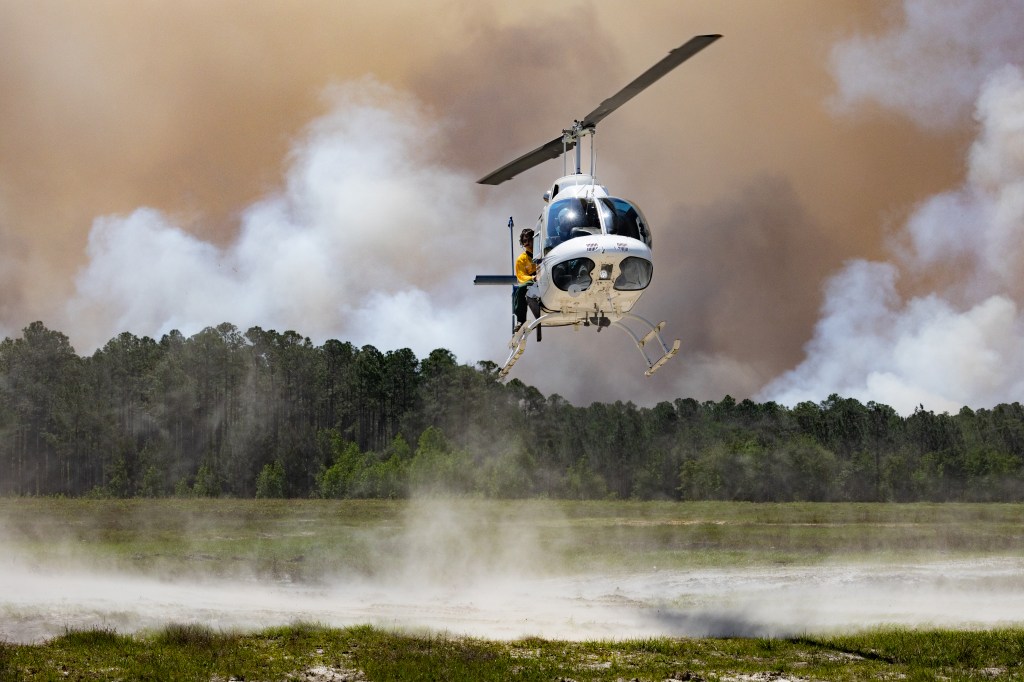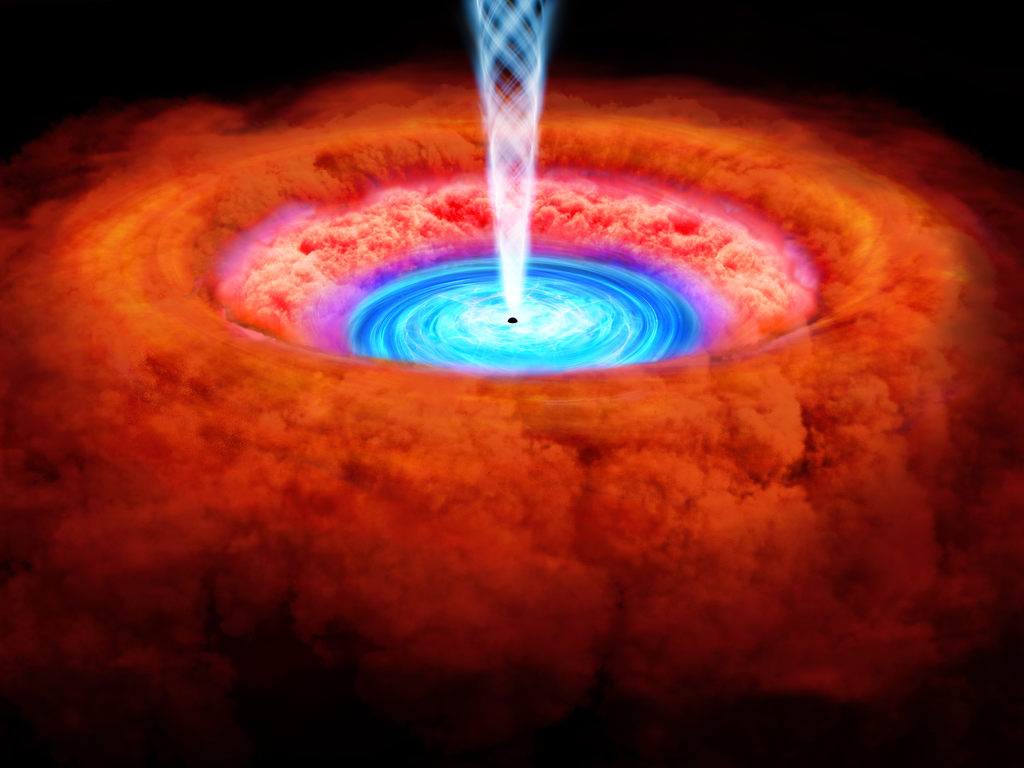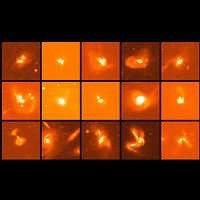Hubble astronomers conducting research on a class of galaxies called ultra-luminous infrared galaxies (ULIRG) have discovered that over two dozen of these are found within "nests" of galaxies, apparently engaged in multiple collisions that lead to fiery pile-ups of three, four or even five galaxies smashing together.
Astronomers previously thought only pairs of galaxies were interacting in ULIRGs. But Hubble pictures show a surprising amount of complexity and structure that astronomer Kirk Borne of NASA's Goddard Space Flight Center in Greenbelt, Md., and collaborators, photo-interpret as multiple galaxy collisions.
Tangled-up looking images from complex computer simulations of multiple galaxy collisions resemble what Borne sees through Hubble's eye. For conclusive proof that more than two galaxies are interacting, he plans to do follow-up spectroscopic observations to measure the collision speeds of the wayward galaxies.
Using Hubble to conduct a three-year survey of 123 ULIRGs within 3 billion light-years of Earth, Borne found that 30% of them show strong visual evidence for multiple mergers, where astronomers previously thought only two galaxies were interacting.
"We are seeing the final stage of the hierarchical evolution of the universe, where small fragments coalesce to build ever bigger objects, says Borne. "We see matter ripped out of galaxies in the form of long tails of stars, and matter contracting in the form of multiple nuclei crowded together. In some we see a 'nest' of galaxies where they all coalesce."
These results offer a snapshot of what conditions were like in the early universe, when galaxy collisions were commonplace.
First detected by the IRAS satellite in the early 1980s, ULIRGs glow fiercely in infrared light, one hundred times brighter than our Milky Way galaxy. The brilliant infrared (IR) glow of these galaxies is caused by a firestorm of star birth triggered by the collisions. The IR comes from a large amount of dust absorbing and re-radiating the light of the hot newborn stars that precipitated from the collisions.
It was realized early on that ULIRGs are oddly shaped enough to be considered pairs of colliding galaxies. It wasn't until 1998 that a team of Japanese scientists, Y. Taniguchi and Y. Shioya, theorized that ULIRGs might be multiple-mergers. "The Hubble results support this hypothesis," says Borne.
In research that has been submitted for publication in the Astrophysical Journal Letters, Borne reports that the progenitors to these bang-ups are probably similar to the so-called Hickson compact groups - clusters of at least four galaxies in a tight configuration that is isolated from other galaxies. Under the relentless pull of gravity, tidal forces exist which dissipate momentum from the galaxies and make them fall together.
Borne's co-investigators are Howard Bushouse (Space Telescope Science Institute), Luis Colina (Instituto de Fisica de Cantabria, Spain) and Ray Lucas (Space Telescope Science Institute).
The Space Telescope Science Institute is operated by the Association of Universities for Research in Astronomy, Inc. for NASA, under contract with NASA's Goddard Space Flight Center, Greenbelt, MD. The Hubble Space Telescope is a project of international cooperation between NASA and the European Space Agency.



























